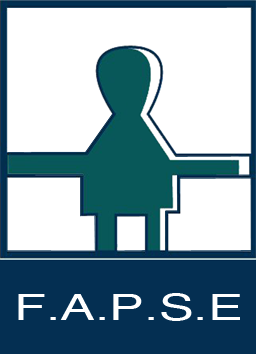Imagerie mentale de la meilleure version de soi possible et activation comportementale.
Azdad, Widad 
Promoteur(s) :
Blairy, Sylvie 
Date de soutenance : 21-jui-2023/27-jui-2023 • URL permanente : http://hdl.handle.net/2268.2/17261
Détails
| Titre : | Imagerie mentale de la meilleure version de soi possible et activation comportementale. |
| Titre traduit : | [en] Mental imagery of the best possible self and behavioral activation. |
| Auteur : | Azdad, Widad 
|
| Date de soutenance : | 21-jui-2023/27-jui-2023 |
| Promoteur(s) : | Blairy, Sylvie 
|
| Membre(s) du jury : | Kreusch, Fanny 
Boulanger, Marie 
|
| Langue : | Français |
| Nombre de pages : | 55 |
| Mots-clés : | [en] Best possible self, mental imagery, behavioral activation, motivation, optimism, psychological well-being. |
| Discipline(s) : | Sciences sociales & comportementales, psychologie > Traitement & psychologie clinique |
| Institution(s) : | Université de Liège, Liège, Belgique |
| Diplôme : | Master en sciences psychologiques, à finalité spécialisée en psychologie clinique |
| Faculté : | Mémoires de la Faculté de Psychologie, Logopédie et Sciences de l’Education |
Résumé
[en] Objectives: Our study aimed to evaluate the potential benefits of combining mental imagery of the best possible self (BPS) with reflection on personal values to facilitate behavioral engagement, improve optimism, and promote well-being. The BPS intervention was compared to a control condition (lemon mental imagery). Methodology: First, participants were asked to plan activities for the next two weeks. Then, participants in the experimental group (BPS) wrote and imagined their best possible self, focusing on the goals they would like to achieve in three domains (personal, professional, and relational). Meanwhile, participants in the control group imagined manipulating a lemon. All participants were then instructed to practice the mental imagery exercise daily for two weeks and engage in the planned activities. The effects on behavioral activation, optimism, and psychological well-being were measured at three points: before the intervention, after two weeks of intervention, and finally after one month without intervention. Results: The results indicated a nonsignificant effect of the BPS intervention on the various psychological variables. However, significant results were observed regarding "Time", "Condition", and the "Nature of the activity". Various factors could be responsible for these results. Limitations: This study is subject to limitations, including a small sample size and the nature of the control condition. Strengths: This study is introduced participants to a novel approach. Furthermore, the BPS intervention is flexible in terms of delivery method and can be effective both in-person and online settings (Loveday et al., 2018).
Fichier(s)
Document(s)
Citer ce mémoire
L'Université de Liège ne garantit pas la qualité scientifique de ces travaux d'étudiants ni l'exactitude de l'ensemble des informations qu'ils contiennent.


 Master Thesis Online
Master Thesis Online



 Tous les fichiers (archive ZIP)
Tous les fichiers (archive ZIP) s206686Azdad2023.pdf
s206686Azdad2023.pdf

